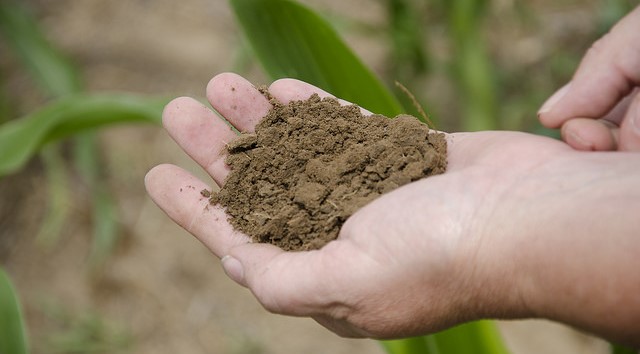Dr Peter Carey, a soil scientist at Lincoln University, raises questions about increased agricultural intensification and discusses regenerative farming in an article published by Stuff today.
But the thrust of his article is to warn of misconceptions around soil health and regenerative agriculture and to rebut any belief that fertiliser is counterproductive to both.
While many soil conservation and regenerative agricultural practices are, and could be, undertaken by farmers, he contends,
“ … NZ soils are not generally in decline and demonising fertiliser use ignores its importance.”
Bringing climate change into his considerations, Dr Carey says higher temperatures and less rain at critical times mean the amount of water available for shallow rooting species such as ryegrass and clover reduces, and summer droughts become longer and more frequent.
He references the ideas of scientists such as Professor Derrick Moot, of Lincoln University, who have challenged us to consider whether 21 century dryland grazing systems, in particular, can continue to be based on the old clover/ryegrass paradigm and moving to deeper-rooted and/or mixed forage systems based on legumes like lucerne, need to be more in the mix.
But the main concern for the public – and indeed in the science community – has been increased agricultural intensification where “pushing the envelope” has led to noticeably reduced water quality, Dr Carey observes.
If regenerative farming offers an alternative, he says, it may be that it doesn’t try to push itself to the maximum all the time, stuck on a commodity treadmill of having to produce more and more to stay still.
“For example, Lincoln University’s commercial dairy farm has shown recently that feeding a smaller number of cows more and better, was more profitable for farmers than just having more cows per se.
“With new environmental regulations biting, many are realising that we need to produce a smarter, and a more diverse, range of products rather than just more milk powder.
“As agricultural scientists we conduct research to make grazing and forage systems more sustainable and profitable, but we often underestimate the time taken for these advances to filter down.
“The study of such systems includes regenerative agriculture practices and where advantages can be backed up by research, then these too will be advocated in tomorrow’s farms. But many aspects are already in place in NZ farms, albeit unacknowledged.”
Dr Carey rebuts misconceptions about soil health and regenerative agriculture and the notion that fertiliser is counterproductive to both.
“This just isn’t true.
“Most NZ soils, for example, are naturally poor in phosphorus. High value plant species, such as legumes, fix nitrogen and pass some of that nitrogen to other pasture species, but they need some added phosphorus to do so.
“With nutrients being steadily lost from farmland every year through stock leaving, redistribution and natural weathering processes, these need to be replaced – they don’t appear out of thin air.”
If farmers run a system where they are not replacing these losses, Dr Carey says, they are effectively mining the built-up fertility from previous fertiliser applications. While soil organic matter or humus is fundamental to soil health, it is productive only though decomposition and the release of nutrients, such as nitrogen and phosphorus, back to plants.
“In fact, study-after-study has shown that judicious fertiliser application increases pasture production and builds quality soil organic matter, not destroys it, through the return of residues and excreta back to the soil.
“Even regenerative agriculture needs these mechanisms to be productive, or at least at a level that is profitable.”
And that’s what makes fertiliser use so important to New Zealand agriculture.
Source: Stuff
Author: Bob Edlin
Editor of AgScience Magazine and Editor of the AgScience Blog View all posts by Bob Edlin












